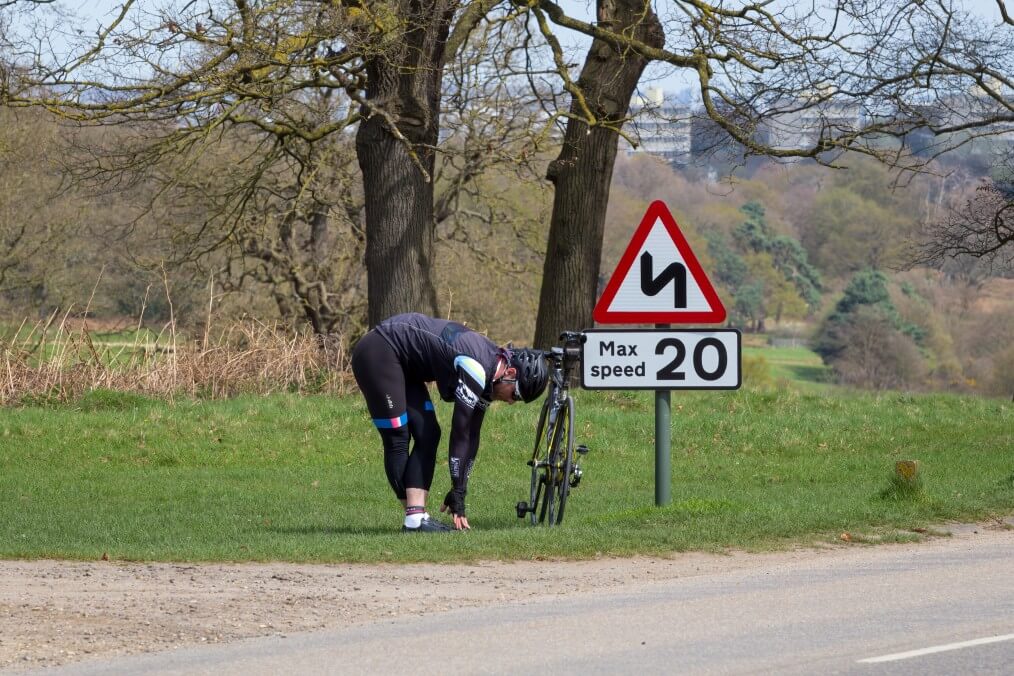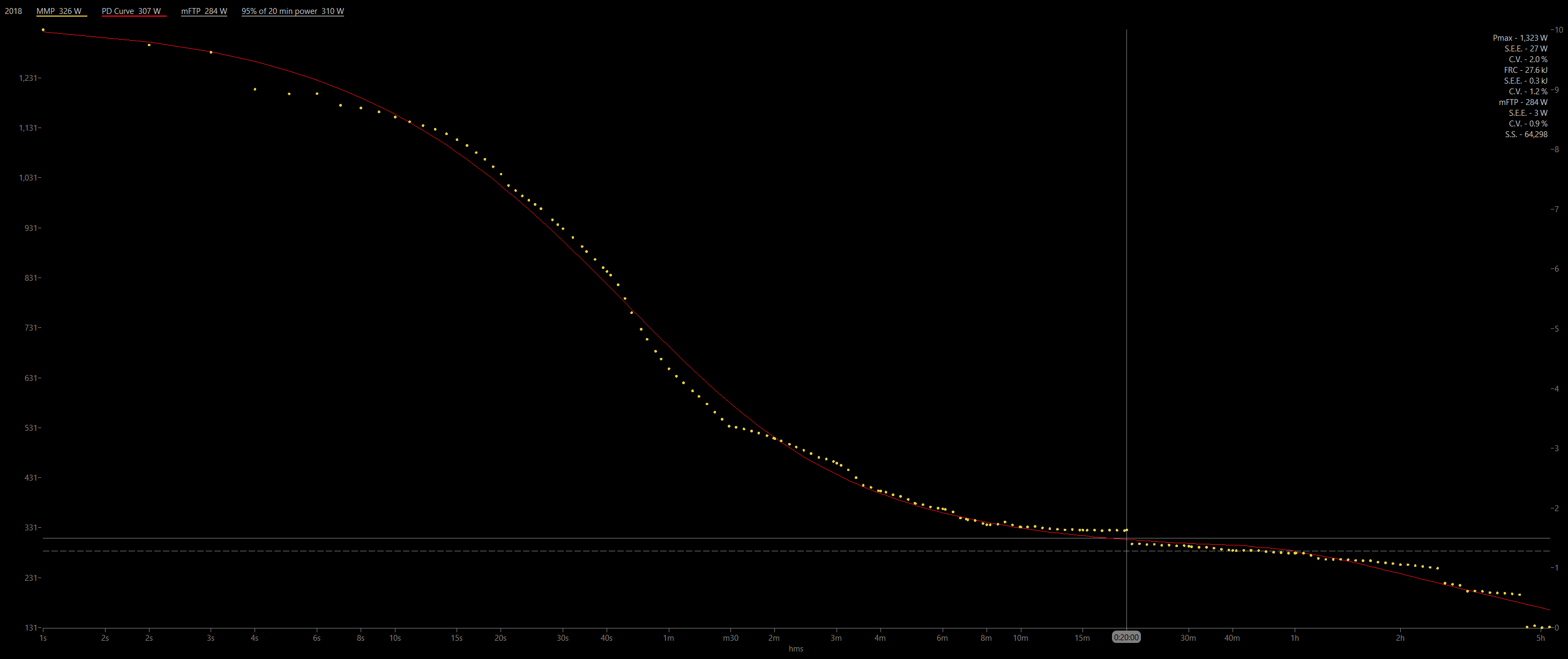Introduction: Why an AAR Matters
In the world of competitive sports, athletes are always striving for continuous improvement. Whether it’s shaving milliseconds off a sprint time, improving endurance, or perfecting a technical skill, the journey to excellence is a never-ending cycle of effort and evaluation. One tool that is crucial for any athlete looking to break through plateaus and optimize performance is the After Action Review (AAR).
The AAR, borrowed from military practices, is a structured review that helps athletes reflect on their goals, assess their progress, and pinpoint both successes and setbacks. The beauty of an AAR is in its objectivity—it’s about being honest with yourself, owning both achievements and failures, and learning from each season. While coaches offer critical external feedback, an AAR helps athletes take ownership of their development by analyzing what worked, what didn’t, and where they can improve.
The Benefits of an AAR
- Clarity of Goals and Expectations
It’s easy to lose sight of goals during a demanding training cycle. The AAR helps you reflect on the goals you set at the beginning of the season and whether they were realistic given your fitness, time, and competition level. This allows you to reassess for future seasons and set smarter, more achievable targets.
- Analyzing Performance Metrics
Training data is abundant these days, with everything from power output to heart rate variability being tracked. But how do these metrics translate to your performance? Did your improved training power outputs reflect in race performance? The AAR bridges the gap between raw numbers and real results.
- Learning from Setbacks
Everyone experiences setbacks. Injuries, inconsistent training, or even mental fatigue can all derail your progress. An AAR gives you a space to identify the root causes of any challenges you faced and create strategies to overcome them next season.
- Building Accountability
One of the toughest things to do is take responsibility for your own progress. The AAR forces you to ask tough questions about your commitment, consistency, and focus. It’s not about being overly critical—it’s about learning to stay accountable and continually push toward your goals.
How to Conduct an Effective AAR
An AAR is most effective when it is detailed and structured. Start by listing your goals for the season, then assess whether those goals were achieved. Break it down further by examining Measures of Effectiveness (MOE)—your broad, outcome-based success markers—and Measures of Performance (MOP)—specific, process-based metrics that show how well you executed your plan.
Ask yourself the following:
- Were my goals realistic given my fitness, time, and commitment?
- Did my performance metrics align with my race or event results?
- What strengths did I exhibit, and where were my weaknesses?
- How will I adapt next season to improve upon this one?
When to Conduct an AAR
The ideal time for an AAR is immediately after a significant event or the close of a season. The key is to reflect while your performances are still fresh in your mind, allowing for honest and specific insights. While athletes often like to move forward quickly after a season, taking the time to thoroughly assess the past can lead to breakthroughs in future training.
Using an AAR to Plan for the Future
Once you’ve conducted your AAR, the next step is to adjust your training and goals accordingly. What did you learn about your weaknesses? What strategies worked? And what changes do you need to make to ensure more success in the future? Your AAR should not only help you understand the past but also be a guiding document to structure your next training cycle.
After Action Review (AAR) Questionnaire
Here’s a detailed AAR questionnaire that you can use to reflect on your past season. Be as honest and thorough as possible.
Discipline and Focus:
- What is your cycling discipline (e.g., track cycling, road cycling, mountain biking, etc.)?
- What is your specific focus within that discipline (e.g., Sprinter, Endurance)?
Season Goals and Expectations:
- What were your main goals and expectations at the start of the season?
– Specify both outcome-based goals (e.g., improve 200m time to qualify for Match Sprints) and process-based goals (e.g., complete 90% of all scheduled training sessions).
- What were your Measures of Effectiveness (MOE) for these goals?
– MOE are broad, outcome-based criteria that define success.
– Format: Verb + Noun + Current Measurement + Percentage Change + New Measurement + Date
– Example: Increase 5-second power from 1000 watts by 10% to 1100 watts by June 5, 2024.
- What were your Measures of Performance (MOP) for these goals?
– MOP are specific, process-based metrics that reflect how well you executed your training or strategy.
– Format: Verb + Noun + Current Measurement + Percentage Change + New Measurement + Date
– Example: Complete 95% of scheduled gym and track sessions by August 2024.
- Did you successfully meet your MOP?
– Yes / No / Partially
– If not, what factors affected your ability to meet your performance standards?
- Did meeting (or not meeting) your MOP lead to the expected MOE outcome?
– Did your performance (MOP) drive success in achieving your broader goals (MOE)?
- Were your expectations for the season realistic based on your current fitness, time commitment, and competition level?
– Yes / No
Explain why or why not.
Training and Adaptation:
- Did you adapt your training or strategy during the season when things weren’t going to plan?
– Yes / No
If yes, what changes did you make? If no, why didn’t you adapt?
- Looking back, did you maintain consistency in your training?
– Were there any challenges to maintaining consistency (e.g., scheduling, gym access, motivation)?
- Did you push yourself enough with heavier weights during your strength training?
– Yes / No
If no, what will you do differently next season?
- Do you have any specific training tools or equipment (e.g., Wattbike, Nordic machine, K-box) that you haven’t fully utilized?
– If yes, how will you integrate these into your routine moving forward?
Performance Analysis:
- How did your race or event performances compare to your training metrics (power, speed, time, etc.)?
– Did you have data to validate your race performance compared to training? How did you improve?
- Did your body composition or fitness level align with your goals for the season?
– Yes / No
If not, how could improving body composition or fitness help in the future?
Strengths and Weaknesses:
- What specific strengths contributed to your success this season?
- What specific weaknesses or limitations did you notice in your performance this season?
Recovery, Rest, and Mental Health:
- Did you make enough time for recovery and rest?
- How did you manage your mental health during the season, and do you feel it impacted your performance?
Support System:
- Reflect on your support system (coaches, family, training partners). Did you maximize it?
- How will you make sure to include tactical race practice (e.g., Match Sprints) in your training routine next season?
Season Reflections:
- What is your biggest takeaway from this season?
- What will you change or improve next season based on this AAR?
Final Tough-Love Reflection:
- If you were your own coach, what would you say to yourself about this season?
By using this AAR, you’ll be able to better understand your performance, your training habits, and how to structure future training cycles for better results. The key to improvement is honest reflection, so don’t be afraid to face your shortcomings head-on and take responsibility for your progress. Your next season starts with the lessons you learn today.


